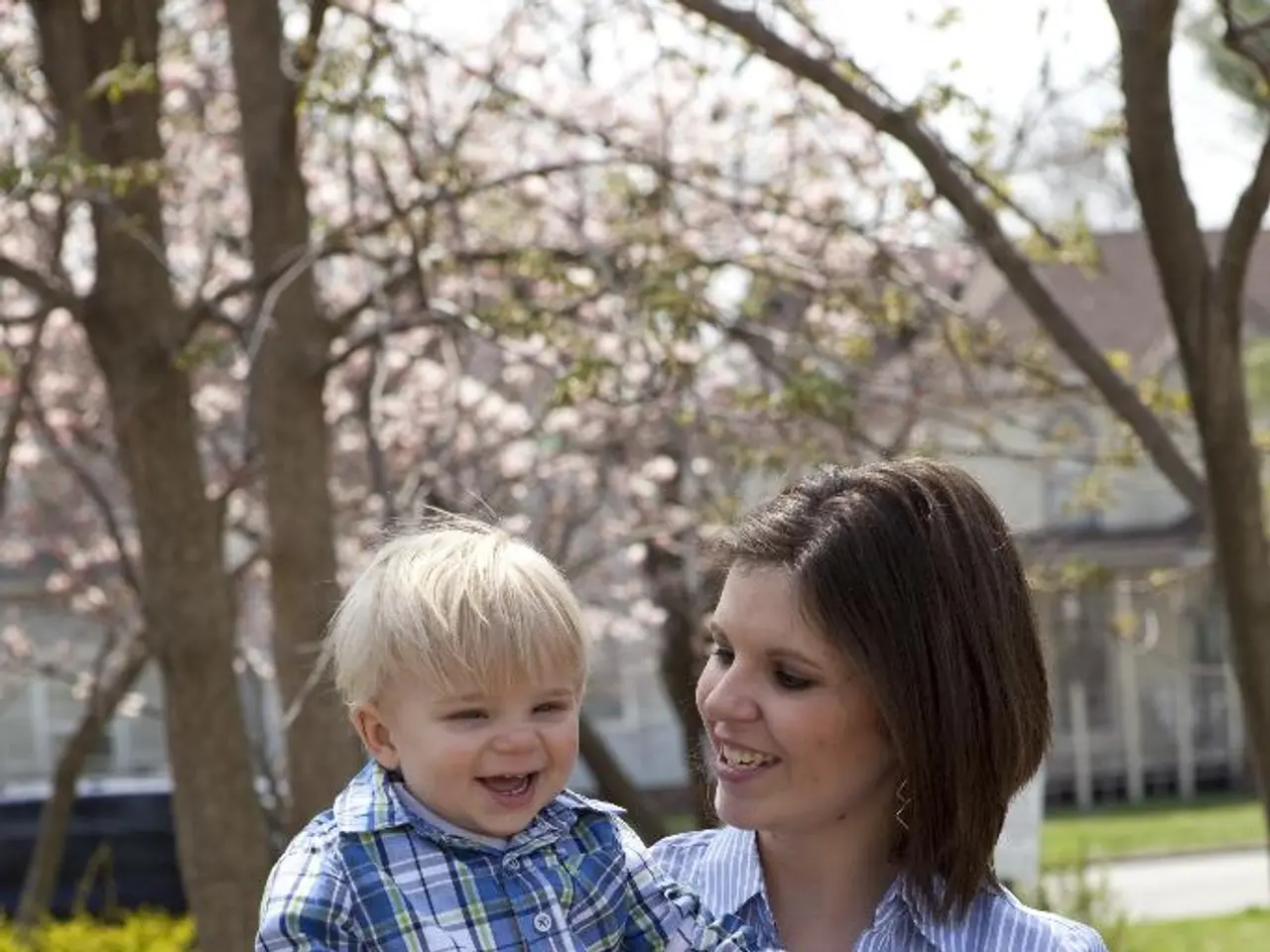Post-flood recovery: Guide to storm damage clean-up
In the aftermath of a flood or storm in Victoria, swift action is essential to minimize harm and facilitate a safe and effective home recovery. Here's a structured restoration process to follow:
- Emergency Water Extraction Remove standing water promptly using wet/dry vacuums or professional extraction equipment to prevent further damage.
- Drying and Dehumidification Use fans, commercial-grade dehumidifiers, and specialized drying equipment to thoroughly dry structural elements and carpets. This step is crucial to prevent mold growth that can begin within 24–48 hours.
- Cleaning and Disinfection Clean all surfaces exposed to floodwater with antimicrobial cleaners to eliminate bacteria, mold spores, and toxins. Carpets soaked with contaminated water should usually be removed and replaced due to health risks.
- Inspection and Repairs Check for electrical hazards and structural damage. Repair or replace damaged systems like air conditioning, electrical parts, or structural components after professional assessment.
- Mold Prevention and Remediation After drying, implement mold prevention techniques and remediation if mold is detected to avoid long-term health risks and property damage.
- Professional Help Engage with Victoria-based specialized flood restoration services such as Reztor Restoration or ServiceMaster Restore of Victoria, who provide comprehensive, 24/7 emergency response covering water extraction, drying, mold control, and repairing.
- Safety Precautions Always prioritize safety by turning off electricity before entering flooded areas, wearing protective gear, and ensuring properties are ventilated during cleaning.
Following this process allows for a thorough, safe, and effective home recovery from flood or storm damage in Victoria. Immediate action reduces health risks and structural damage costs.
Know when to call the professionals Seek professional help for extensive water damage, mold, or sewage-contaminated water.
Safety and Hygiene Watch out for snakes, spiders, and other animals during cleanup. Practice good hand hygiene and use disinfectant during cleaning. Wear protective clothing, including sturdy boots, long pants, long sleeves, gloves, and protective glasses.
Home Security Notify utilities and arrange for mail to be held or diverted during cleanup. Consider installing temporary security measures if the property can't be secured.
Mould Patches For large infestations or recurring mould, call a professional.
Preparing for Future Storms or Floods Keep your tree branches trimmed to help decrease the chance of damage. Secure large items outside your home to prevent damage. Listen to local radio for weather warnings and have batteries on hand. Check that your insurance cover is current and provides adequate coverage. Fix any roof damage and clean your gutters to prevent future blockages and damage.
Children's Safety Leave children with a trusted relative or friend during cleanup.
Additional Information Mud can seep into small spaces and linger, so check behind and under benches, in shelving, and under showers and baths. Victoria has many flood-prone communities, with flooding able to occur at any time of the year. Floodwaters can make wiring and appliances dangerous, so get an electrician to check them. After disinfecting, rinse surfaces thoroughly. Visit the VicEmergency website or app for up-to-date information. Create an emergency kit and have an action plan in place.
- The environmental science aspect of home recovery involves preventing mold growth, a risk that can begin within 24–48 hours, which is why using antimicrobial cleaners is crucial in the Cleaning and Disinfection step.
- For a comprehensive lifestyle improvement, one could consider implementing environmentally-friendly methods in home-and-garden practices after the flood recovery process, such as planting drought-tolerant gardens or using energy-efficient appliances.
- In light of climate-change concerns, it's essential to prioritize health-and-wellness by ensuring that home restoration practices are inclusive of the environment, such as using eco-friendly cleaning products or properly disposing of hazardous materials to minimize the impact on the environment.




